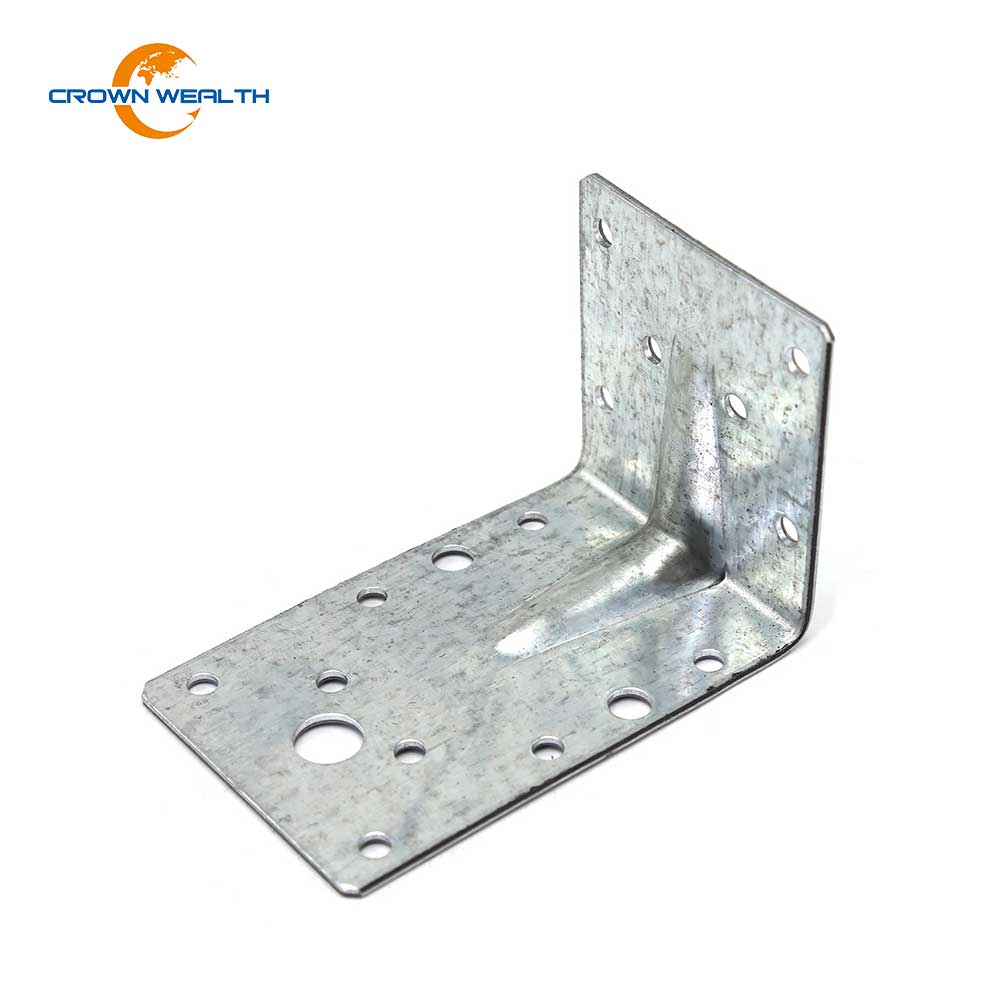Your cart is currently empty!

Using the L Clamp for Wood

The l clamp is a great tool to have in your woodworking shop. It can handle a variety of jobs from edge gluing to stabilizing.
Before you buy a new clamp, it is important to consider why you need one and how well it will perform in your particular project. You will also need to decide if you want it to be light or heavy duty.
Spring Clamps
Spring clamps work by using the pressure of a metal spring to clamp down two ends to firmly brace material. They are quick and easy to use for any skill level and are used in a wide range of gluing, fastening and cutting tasks.
These hand-held clamps are made from nylon or steel and come in a variety of different sizes. They are also designed with adjustable jaws to allow the user to set the jaws in the most convenient position for the workpiece being clamped.
The most important factor to consider when choosing a spring clamp is the amount of jaw opening that it can accommodate. This is often a crucial factor when working on wood.
Parallel-Jaw Clamps
Whether you’re building a custom cutting board or building a cabinet door, parallel-jaw clamps help glue-ups go smoothly. Their large jaws and parallel movement ensure that the pressure is evenly distributed, preventing joints from warping or shifting.
To use parallel clamps, set the fixed jaw to one side of a workpiece and attach the sliding jaw to the other. Next, slide the clamps together on a bar and tighten the handle until you feel the pressure start to build.
Some parallel-jaw models have a finger trigger under the handle that engages the bar reliably and doesn’t backslide when you tighten the jaw. Several also feature removable jaw pads that turn sideways, adding more surface area to contact with the edge of the workpiece for an even application of pressure.
These clamps are available in either plastic or steel, depending on your needs. The lightweight plastic models are more cost-effective and less prone to damage or deformation under pressure. However, they tend to be a bit flimsy and take up more storage space than their heavier-duty counterparts.
C-Clamps
C-clamps are a great tool to have around for DIY projects. They make work a lot easier, ensuring you can complete tasks more quickly and accurately.
They can be used to secure a variety of materials including wood, metal, and plastic. They come in various shapes and sizes, so it is important to get the right one for your needs.
A c-clamp is made of an iron frame and a steel screw. The screw is often chrome-plated to prevent rust.
The frame is a crucial part of the clamp, as it is expected to withstand heavy work loads and frequent use. Clamp frames can be made from a wide variety of materials, but most are fabricated from iron or steel.
Right-Angle Clamps
When joining two pieces of wood, right-angle clamps offer an excellent solution. They lock materials together so tightly that they won’t slip when you cut, drill, sand or use other power tools on them.
This tool is especially helpful if you want to join two boards of different thicknesses. The clamp will hold the wood pieces securely, allowing you to drive in screws while you work on them.
Another advantage is that you can use this clamp on any material you have. You can also use it to fix ripped or crooked pieces.
Some right-angle clamps for wood have a pin that fits into a pocket hole and holds the mating piece securely, while others have a swivel pad that enables you to align and position the material.
It is important to check the jaws of the clamp to see if they are wide enough to accommodate the materials you’re joining. Clamps that are too narrow can cause the pieces to slide out of place when you use them.
by
Tags: